Our Pork Parmigiana is the ultimate comfort food, featuring bone-in pork chops fried to golden brown perfection, layered beneath a rich homemade tomato sauce, melted mozzarella cheese, and Italian herbs. This Italian-American favorite is ideal for a hearty weekend dinner the whole family will love, and pairs beautifully with things like garlic bread, pasta, or simply a leafy green salad.
This recipe combines just a few simple steps, making it accessible for home cooks of all skill levels, and uses only readily available ingredients like pork chops, oregano, mozzarella, and olive oil. Now, without further introduction, let's get to it.
Read on for a recipe overview, a complete ingredient checklist to make sure you've got everything you need, along with an answer to the question "What is the difference between Parmigiana and Parmesan?" And, as always, you'll find a printable recipe card at the bottom of this post.
Now, let's make some parmesan…or is it parmigiana?
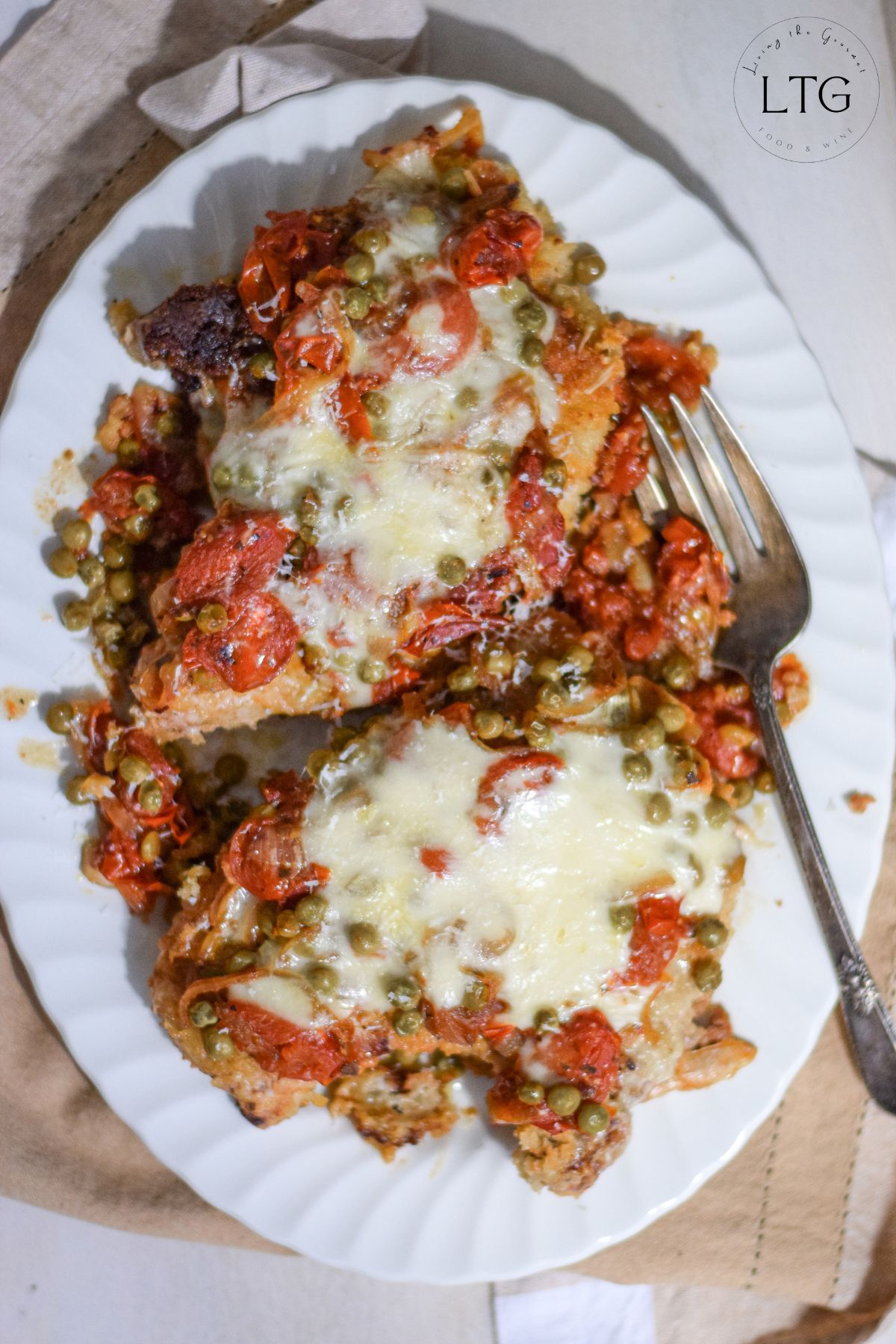
What to Expect - Pork Parmesan Recipe Overview
This classic Italian-American dish needs no introduction, as we're all well familiar with all of the various incarnations of classic parmigiana. But what can you expect from this particular recipe? This recipe features shallow-fried, juicy pork chops coated in a crisp golden brown crust. The pork chops are then smothered in a rich homemade tomato sauce, and topped with a thick layer of melted mozzarella and - of course - Parmesan cheese.
For what to expect in terms of taste and texture, how hard this recipe is to make, and my suggested pairings, read on.
Taste and Texture
- Texture: There's no escaping that the bulk of this recipe is the parmesan-crusted pork chops. If the chops are tough and dry, no amount of red sauce or melted cheese will save it. And that's the idea behind shallow-frying the chops - to ensure that they remain moist and juicy beneath a thick, crispy crust.
- Flavor: The meaty goodness of the baked parmesan pork chops is at the center of this recipe, and the tomato sauce, being rich and tangy and savory all at once, complemented by the creamy goodness of the melted mozzarella, works to accentuate that meaty goodness. Add on some kick from red pepper, and a generous dusting of parmesan, and you've got all the keys for a delicious pork parm dish with tons of flavor.
Difficulty Level
- Moderate, but accessible for home cooks: The only real complexity or difficulty in this recipe comes from combining what are effectively two separate recipes - the breaded pork chops and the homemade sauce. If this is your first time preparing a parmesan recipe, this might seem intimidating, but I promise that if you follow the recipe and take your time, this isn't at all a difficult-to-prepare recipe.
Preparation Process
- Homemade Tomato Sauce: The process starts off with preparing a simple marinara from grape tomatoes caramelized with garlic, onions, and a variety of Italian seasonings.
- Breaded Pork Chops: While the sauce simmers, we coat and then shallow fry the chops in a large skillet. Cast iron works best for this. Aim for an internal temperature of 145 degrees f. I recommend a meat thermometer or instant-read thermometer for this.
- Assembly and Baking: Finally, we layer the chops with the sauce and cheese, in a baking dish, and then bake that in a preheated oven to let it all meld together. Delicious.
Pairings
- Side Dishes: A side of pasta with marinara sauce is my go-to pairing. You might also consider serving this with garlic bread, spaghetti aglio e olio, or a fresh green salad.
- Wine Pairing: A medium-bodied red wine, like Chianti or Barbera, complements the dish beautifully. A sturdier white wine, such as assyrtiko, would also pair beautifully.
- Finishing Touch: Drizzle olive oil over the top before serving for a rich, glossy finish.
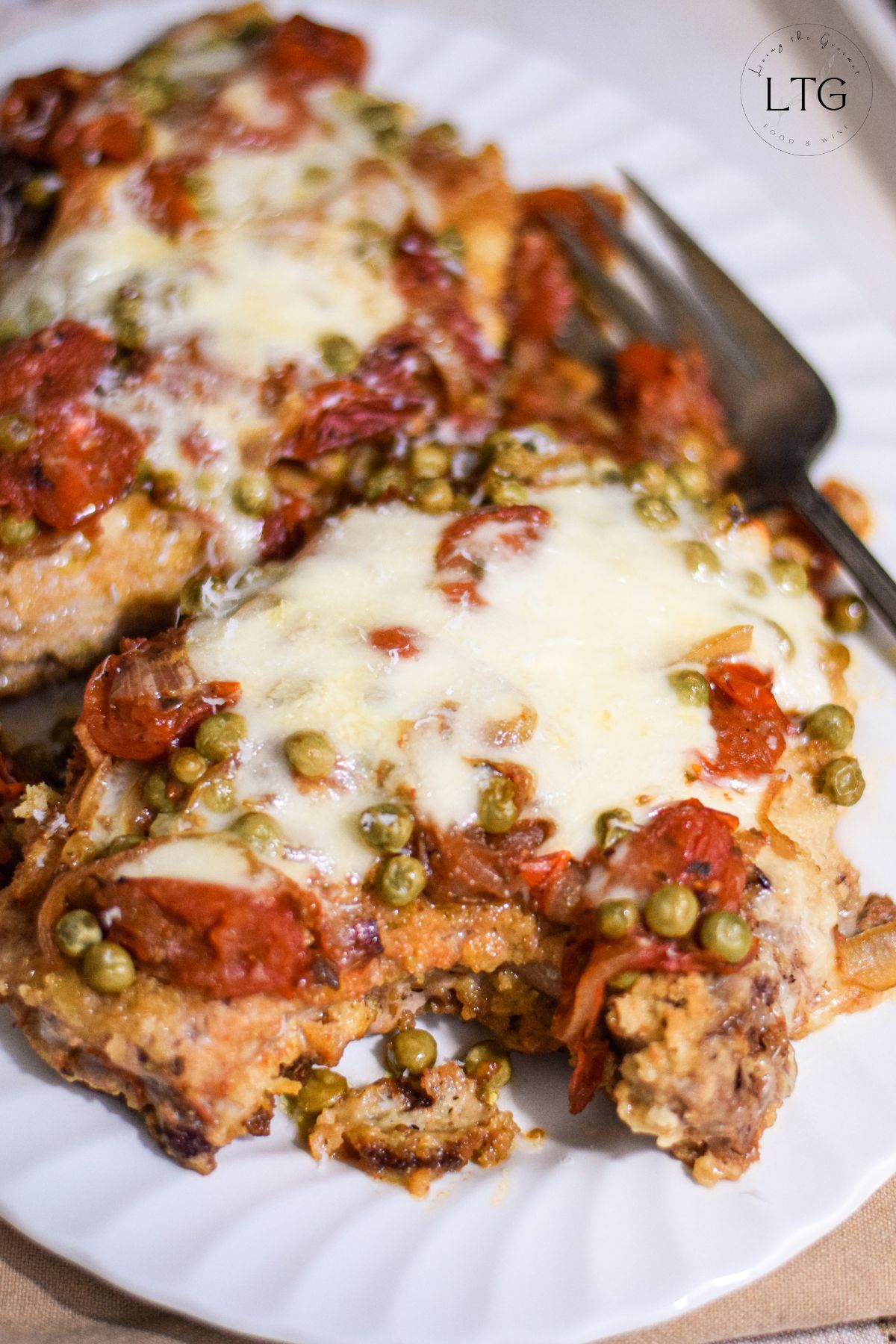
Pork Parmigiana - Ingredient Checklist
This recipe consists of three main parts. The pork, baked to a lovely, perfectly golden brown, the red sauce, and then the toppings - including the cheese and herbs. Here's everything you'll need to bring these three parts together.
For the Sauce
- 2 pints of grape tomatoes
- Tip: Look for firm, bright red tomatoes for the best flavor.
- Substitute: Canned tomatoes will work just fine if fresh aren't available.
- 4-5 garlic cloves, chopped
- Note: Adjust to taste for a more or less garlicky sauce.
- Tip: I do suggest crushing and then mincing the garlic up as finely as you can manage for even distribution.
- Substitution: Garlic powder can be used in a pinch, but I really recommend opting for fresh.
- 1 onion, sliced thin
- Note: I recommend yellow or white onions due to their sweetness.
- Substitute: Shallots would be my go-to substitute. I would stay away from using onion powder in this particular recipe, as we want the astringency of freshness.
- 1½ cups frozen peas
- Note: I'm using frozen because that's what I had on hand. You can of course use fresh.
- Substitute: The veggies of your choice will work just fine, such as zucchini. Skip entirely if preferred.
- ½ cup water
- Note: For added moisture.
- Substitute: Feel free to use chicken or vegetable broth if preferred for depth of flavor.
- ¼ tsp. red pepper flakes
- Note: Recommended, but otherwise entirely optional but recommended for a touch of heat. Adjust to taste.
- Substitute: Your favorite chili flakes will work just fine, as would a pinch of cayenne.
- 1 tsp. sugar
- Note: Sugar in the sauce works to balance the acidity of the tomatoes.
- Substitute: You can swap in honey, but I do recommend using a bit of sugar.
- 1½ tsp. salt
- Note: Plain table salt is all you need, though sea salt or kosher salt both work.
- 1 tsp. coarse ground black pepper
- Tip: Freshly cracked black pepper gives the best aromatics. Bonus points if crushing it in a mortar and pestle.
- 1½ tsp. dried oregano, crushed
- Note: I do recommend using dried oregano, as fresh oregano can best be described as 'intrusive' in recipes that are not specifically tailored for the use of fresh oregano. Fresh oregano works best in recipes with strong or overly bold flavors, especially spicy or acidic dishes.
- Tip: I suggest crumbling the oregano in your palms or grinding it down in a mortar and pestle before adding it to the sauce for maximal aromatics.
- 1 bay leaf
- Note: Often derided as the 'dryer sheet of the kitchen,' bay leaves bring subtle earthy or herbal notes that work to help tie the rest of the flavors together. Basically, it's a 'grounding' ingredient.
- 2-3 tbsp. olive oil
- Tip: As always, I do recommend using a decent quality extra virgin olive oil, especially for the final drizzle.
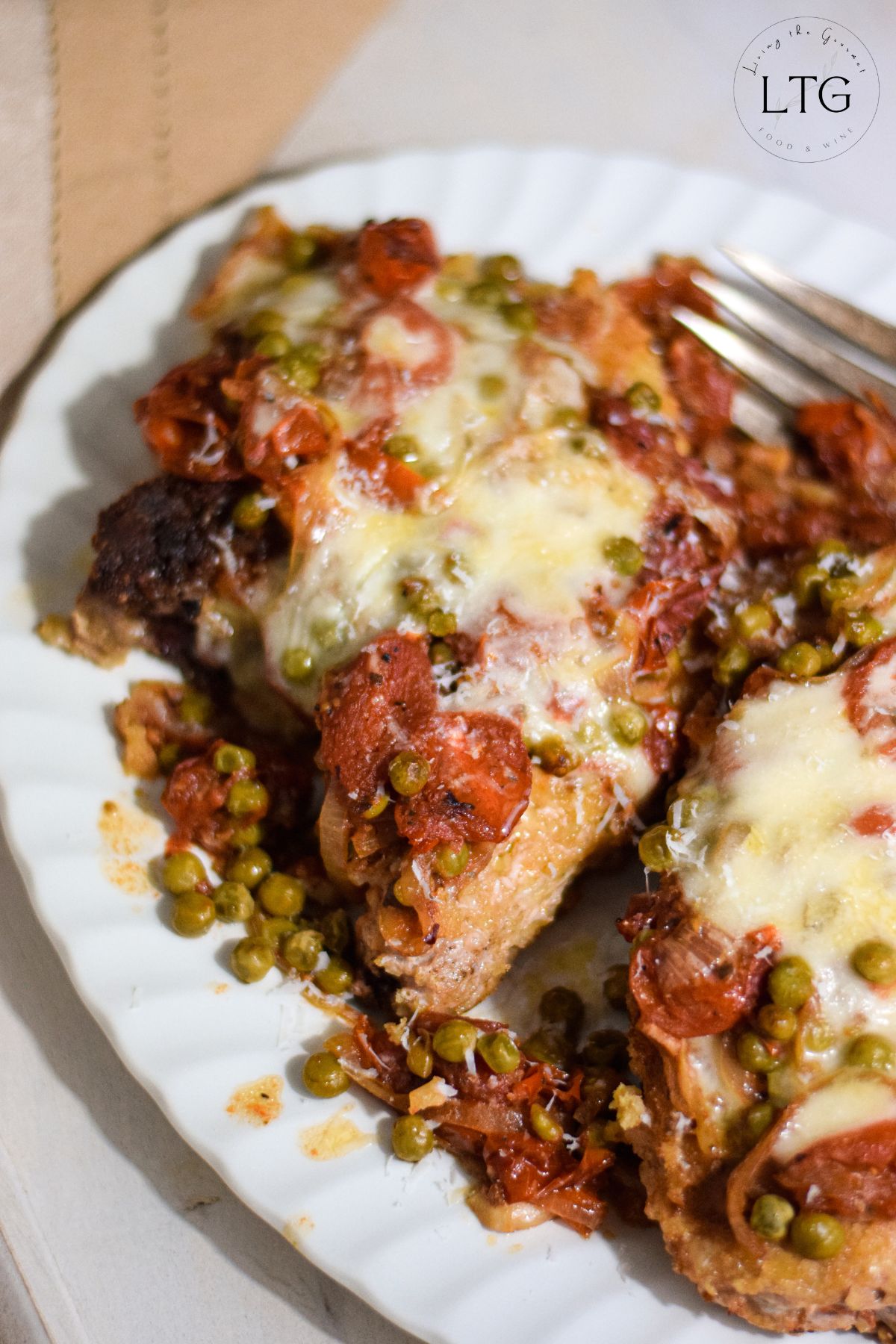
For the Pork Chops
- 4 Pork Loin Center Cut Rib End Chops (about 3/4 inch thick)
- Tip 1: As always, I suggest picking chops with decent marbling, as marbling equals flavor and juiciness.
- Tip 2: I'm using bone-in chops, as I find the bone adds a bit of flavor. If using boneless chops, adjust the cooking time according, as bone-in chops take slightly longer to cook.
- Substitute: As mentioned above, this recipe does indeed work with boneless pork chops, you can also use boneless pork loin, or pork tenderloin sliced into pork medallions if preferred. Once again, you 'will' need to adjust the cooking time.
- Vegetable oil for frying
- Note: We want to use a flavor-neutral oil with a high smoke point. I recommend using vegetable oil for this.
- Tip: Ensure the oil is heated to 350°F for a crispy parmesan crust. I recommend doing this over medium heat or medium-high heat for better control. If the oil is too cool, the breading will absorb the oil and become mushy. If the oil is too hot, the breading will burn before the meat has cooked. Not fun.
- Substitute: Corn oil, canola oil, or peanut oil are also good options for frying.
- Parmesan cheese for grating
- Note: I do recommend using freshly grated Parmesan.
- Substitute: Your grating cheese of choice, such as Romano cheese or Locatelli, can both be used, but may result in a slightly sharper taste.
- 8 oz. mozzarella, grated
- Note: A main ingredient. No other melty cheese can stand in for mozzarella in a good pork parm recipe without radically changing the flavor profile.
- Tip: I wholeheartedly recommend grating the mozzarella yourself, as pre-grated leaks moisture, and that means leaking flavor and 'meltability.'
- Substitute: Fresh mozzarella cheese is almost always a good substitute, and will really work to heighten this recipe.
- Olive oil for drizzling
- Note: A final drizzle of olive oil helps add crispness through the baking phase, preventing the breading on the chops from becoming soft and falling apart.
For the Coating
- 2 eggs
- Note: The egg mixture is what forms the coating, and helps it adhere to the pork chops. We set this up at our dredging station in a shallow bowl, alongside the milk, flour, and breadcrumbs.
- Tip: Ensure that the eggs are at room temperature for even mixing.
- Substitute: Your egg substitute of choice should work just fine.
- 1 cup milk
- Note: I strongly recommend using whole milk for the added fat, or even whole milk with a splash of heavy cream.
- Substitute: Buttermilk can be used, as can the non-dairy milk of your choice.
- 1½ cups flour
- Note: All-purpose flour works best.
- Tip: Mix the flour with a little Italian seasoning for added flavor.
- Substitute: Gluten-free flour can be used as a substitute.
- 2 cups Panko breadcrumbs
- Note: I'm using panko bread crumbs as I want to maximize the texture and crispness of the coating, but this is purely preference.
- Substitute: Plain breadcrumbs will work just fine, as will Italian breadcrumbs.
For Garnish
- Italian Herbs
- Note: Dust the top of the parmesan with your choice of fresh basil, fresh cilantro, or flat-leaf parsley.
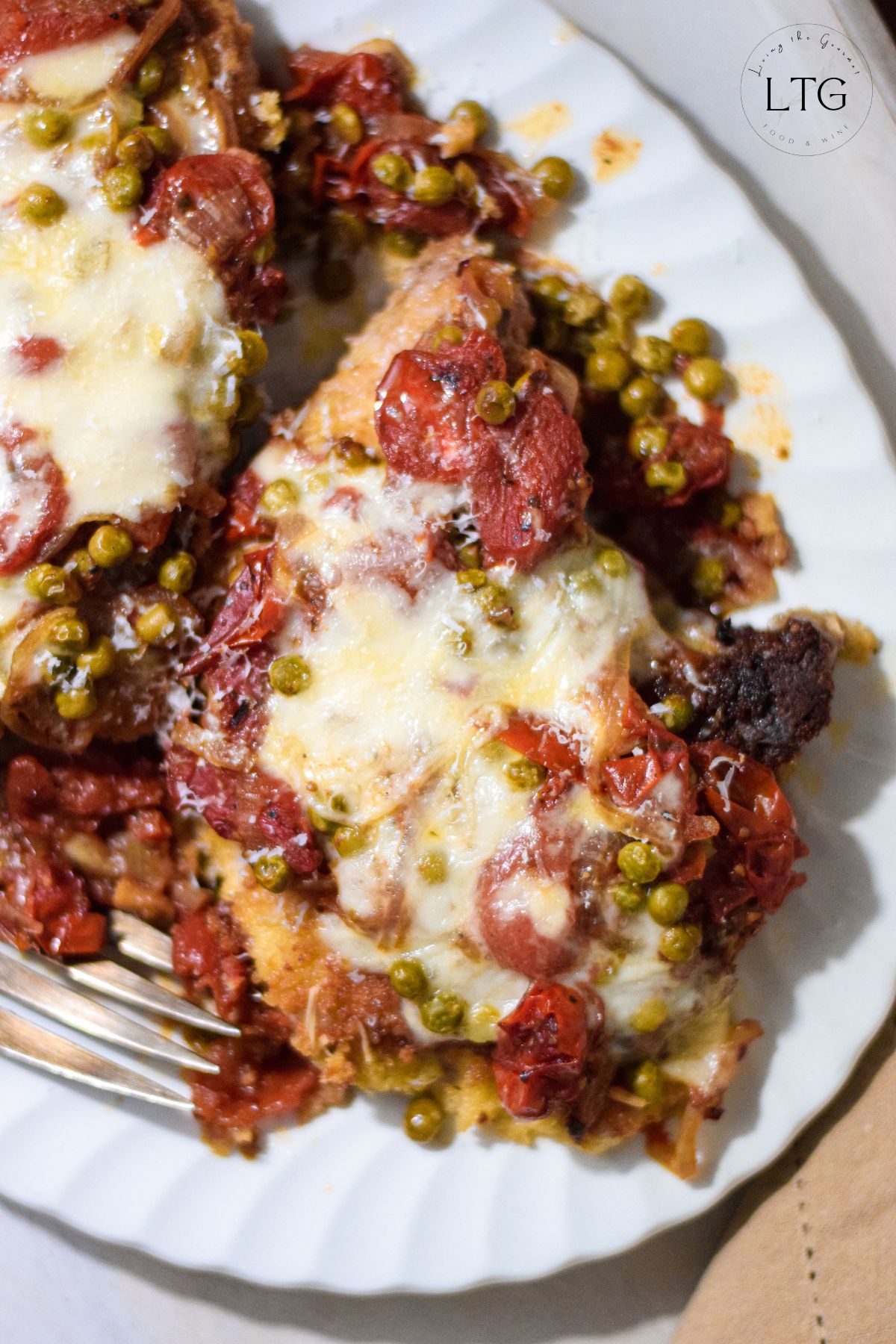
Parmigiana vs. Parmesan - What's the Difference?
Chances are your favorite Italian restaurant likely has either Chicken Parmigiana or Chicken Parmesan on its menu. It probably also has several other types of parmesan recipes on offer, such as meatball parm, eggplant parmigiana, or veal parmesan - or, as we made today, Pork Cutlet Parmigiana.
So, what's the difference between parm, parmigiana, or parmesan?
The answer is… none.
Parmigiana and Parmesan are simply two names (or spellings of the same name) for the same beloved dish. That said, their origins and naming nuances do offer an interesting portal into the rapid evolution of Italian-American Cuisine.
Origins and Evolution: The basic parmigiana/parmesan formula traces its roots back to Parmigiana di Melanzane or Melanzane alla Parmigiana, which is a traditional recipe from Southern Italy featuring slices of eggplant (melanzana) layered with a simple fresh tomato sauce, mozzarella, and a generous amount of grated Italian cheese. This is the 'original' Parmigiana recipe. Basically, a very light eggplant parmesan, and the forerunner of eggplant parm. During the early 20th century, waves of Italian immigrants brought not only themselves (primarily Southern Italians, as the North was far wealthier and thus emigrated less), but also their culinary traditions to the United States. Naturally, at that time, many of the key ingredients used in Italian cooking simply weren't available in America, and so they had to adapt their recipes based on the locally available ingredients - and the radical abundance of the ingredients 'were' available. As they opened eateries and restaurants they also had to adapt to the preferences of their new home to draw in customers. Eggplants, while popular in Southern Italy, were often replaced with breaded chicken or pork cutlets in America, a nod to the affordability and availability of meat in the US at the time as compared to the largely vegetable-based diet of early 20th-century Southern Italians. This adaptation gave rise to the dish we know today as pork or veal or chicken Parmigiana.
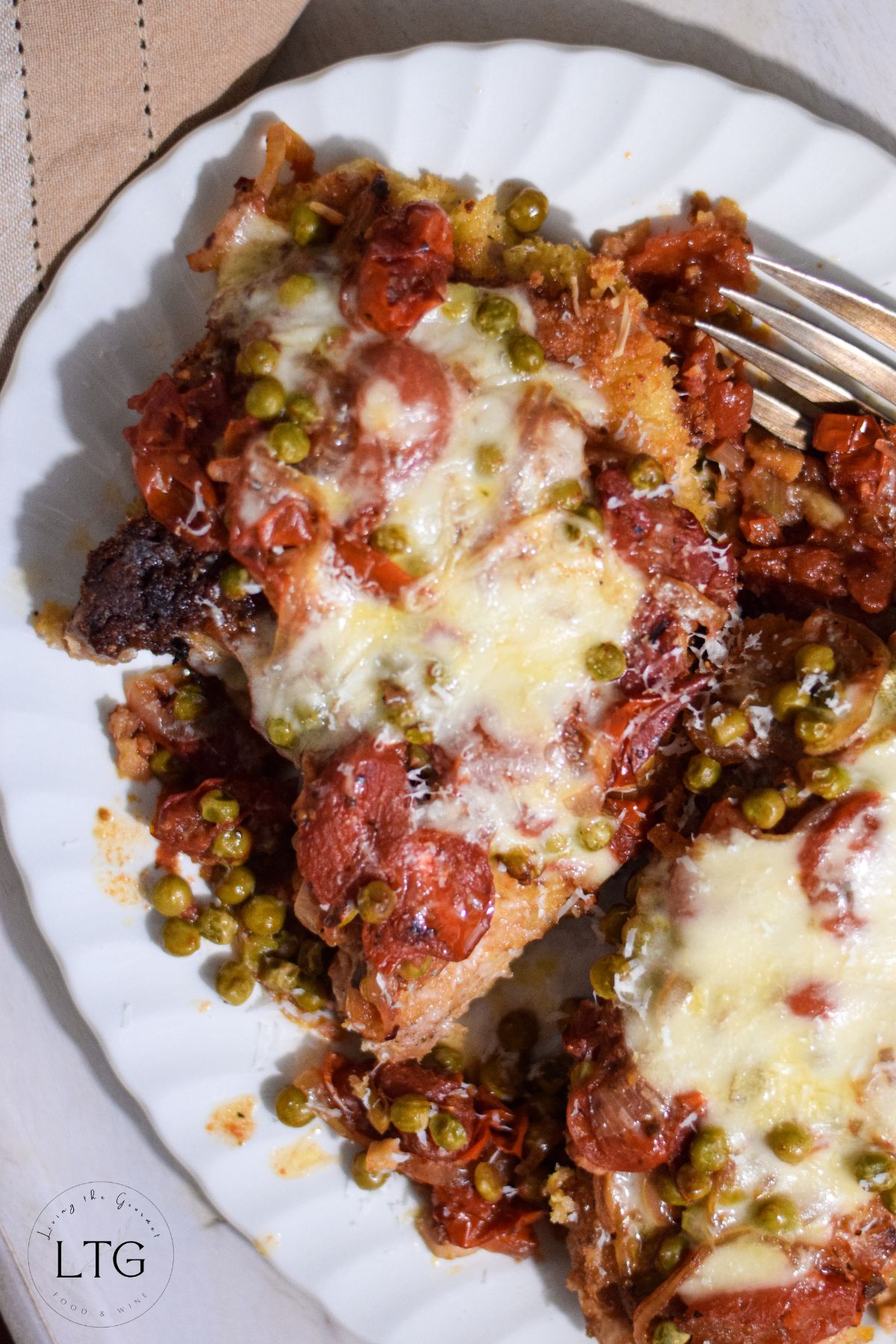
Regional Variations in Naming: But what about the name? It comes down to geography and linguistics. On the American East Coast, where Italian immigrants first settled in large numbers, terms like "Parmigiana" reflect a closer tie to Italian cooking and traditional Italian food, while "Parmesan" became the anglicized term for the dish, mirroring the broader Americanization of Italian immigrant cuisine over time. Parmigiana, in Italian, translates roughly as "In the style of Parma." Today, "Parmesan" is an American-made version of Parmigiano Reggiano, an Italian cow's milk cheese produced in the province of Parma.
Key Differences in Italian and Italian-American Cuisine: But what about what's on the plate? Basically, we can think of Chicken Parmigiana in much the same way as we think of Italian American cooking in general, a fusion of authentic Italian flavors accentuated by uniquely Italian-American adaptations that occurred over the course of several generations. While Melanzane alla Parmigiana relies on simpler, vegetable-based components, the American version incorporates breaded chicken or pork cutlets, mozzarella, and a rich tomato sauce or marinara sauce. The use of Italian grating cheese remains central in both instances.
Cultural Significance: In America, the various "parm recipes" are cornerstones of Italian-American cooking, right alongside things like New York-style pizza, ravioli buried under a thick layer of melted mozzarella, or thick tomato sauce infused with vodka. While such recipes may not be "Italian" in the strictest sense of the word, they are thoroughly Italian-American.
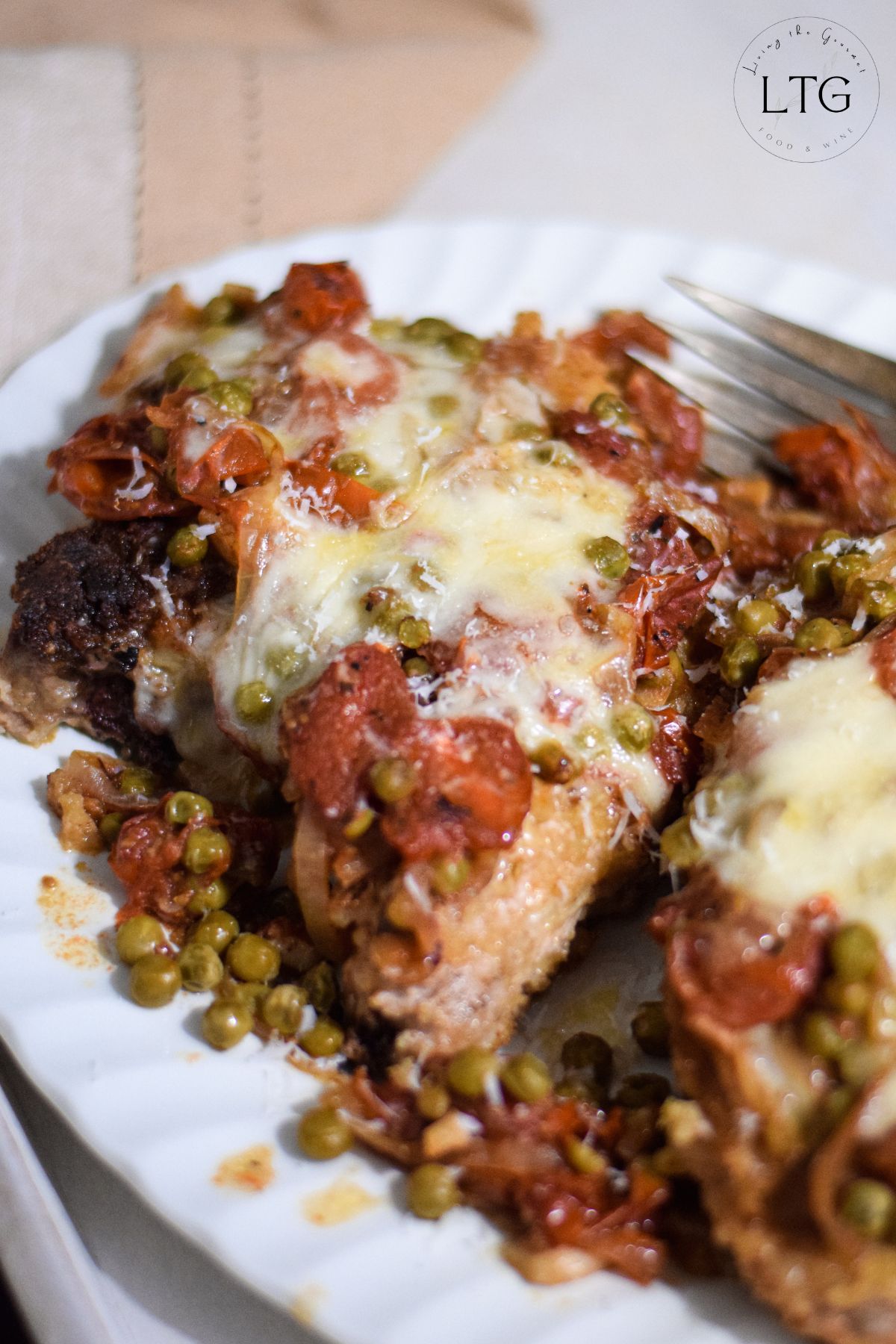

Parmesan Pork Chops Recipe (Parm vs Parmigiana)
- Total Time: 1 hour 15 minutes
- Yield: 4 1x
Ingredients
For the Sauce:
- 2 pints of grape tomatoes
- 1 onion, sliced thin
- 4-5 garlic cloves, chopped
- 2-3 tbs. olive oil
- 1/4 tsp. red pepper flakes
- 1 tsp. sugar
- 1 1/2 tsp. salt
- 1 tsp. coarse ground black pepper
- 1 1/2 tsp. dried oregano, crushed
- 1/2 cup of water
- 1 1/2 cups of frozen peas
- 1 bay leaf
For the Pork Chops:
- 4 Pork Loin Center Cut Rib End Chops, about 3/4 inch thickness
- Vegetable oil for frying
- Parmesan cheese for grating
- About 8 oz. of mozzarella, grated
For the Coating:
- 1 1/2 cups flour, plus more if needed
- 1 cup milk
- 2 eggs
- 2 cups Panko bread crumbs, plus more if needed
Instructions
For the Sauce:
- Heat a large cast iron frying pan.
- Place the tomatoes in the dry pan and sprinkle with sugar. As the tomatoes start to wilt, add the sliced onions and garlic.
- Allow the onions to get a beautiful golden color and the garlic become fragrant.
- Add the rest of the seasonings and drizzle with olive oil.
- Gently and carefully crush the tomatoes, as they may burst.
- Add the water, bay leaf, and peas and simmer on a low and gentle heat.
- Taste for seasonings.
- Prepare the pork chops while the sauce simmers gently.
For the Pork Chops and Assembly:
- Preheat oven 350 degrees F.
- Prepare a dredging station for the pork chops by setting up three stations: one with flour, one with the milk and eggs beaten together, and one with Panko.
- Coat the pork chops in the flour, then the milk and eggs mixture, and finally in the Panko bread crumbs.
- Heat a large cast iron frying pan with about 1/4 inch of cooking oil.
- Place the prepared pork chops in the heated oil. The oil should sizzle when the pork chop is placed in the pan, otherwise the coating will get soggy.
- Cook the pork chops for about 4 minutes per side, depending on the thickness of your chops. The coating should get a beautiful golden color.
- Once the pork chops are golden and ready, place them in a baking dish.
- Top each pork chop grated Parmesan cheese, the prepared sauce, and mozzarella cheese.
- Cover with aluminum foil, and bake for about 30-35 minutes covered.
- Remove the foil and bake for another 10-12 minutes uncovered.
- Let the pork chops rest for about 10 minutes before serving. The internal temperature should read 145 degrees F. (63 degrees C).
- Drizzle the pork chops with a little olive oil before plating. Enjoy!
- Prep Time: 15 minutes
- Cook Time: 1 hour
- Category: Main Dish
- Cuisine: Italian
And that's our pork parmigiana. We hope you enjoyed today's recipe. If you have any questions or suggestions, be sure to let us know in the comments below. We always love hearing from you.
Happy Cooking!
0
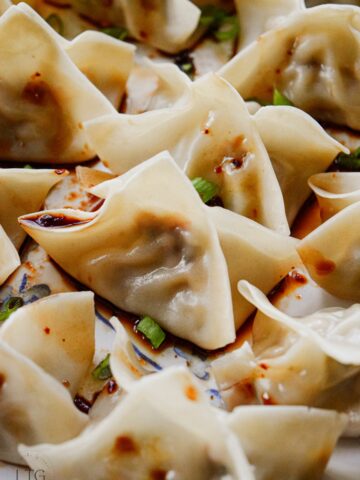
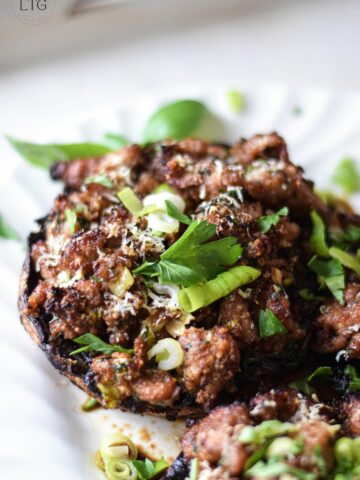
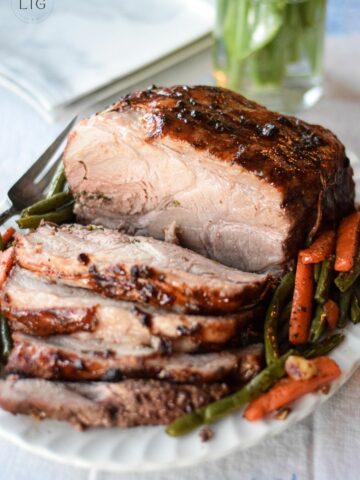
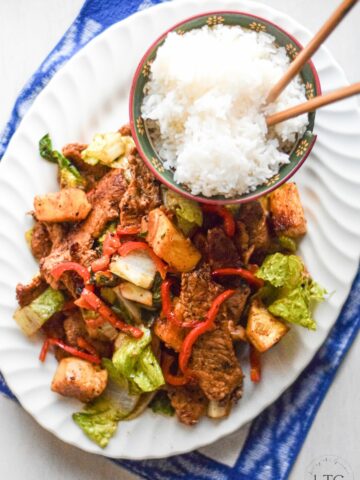



Leave a Comment